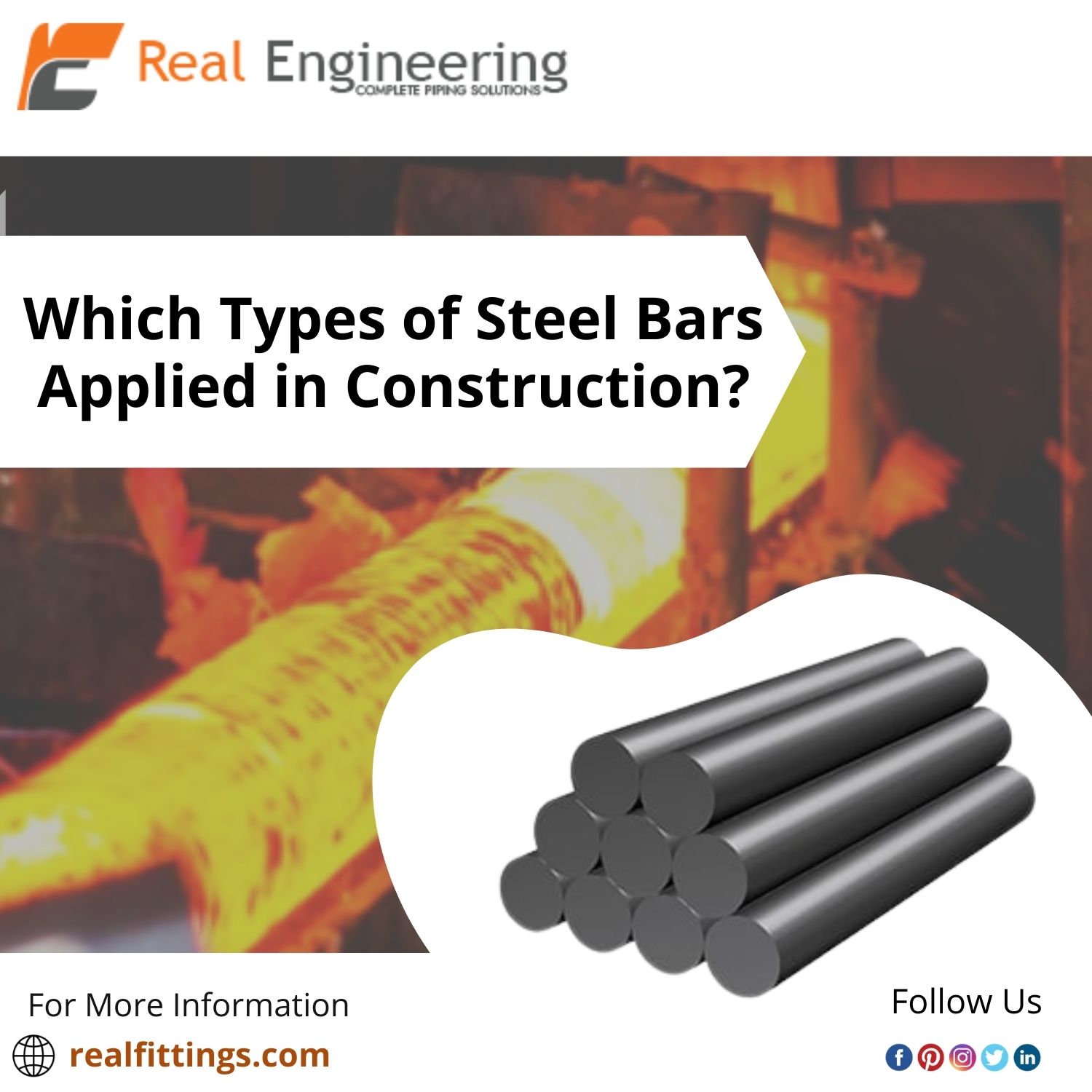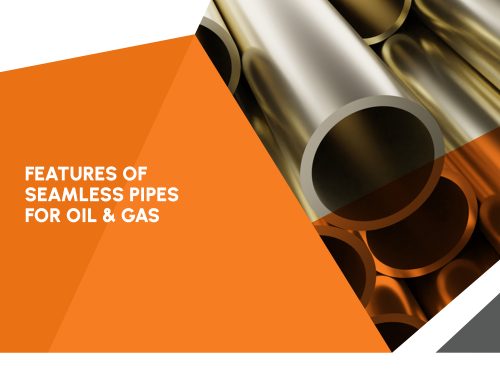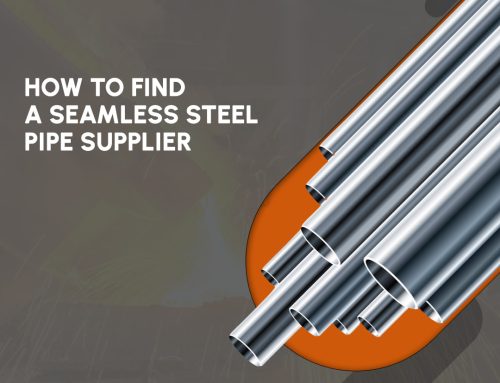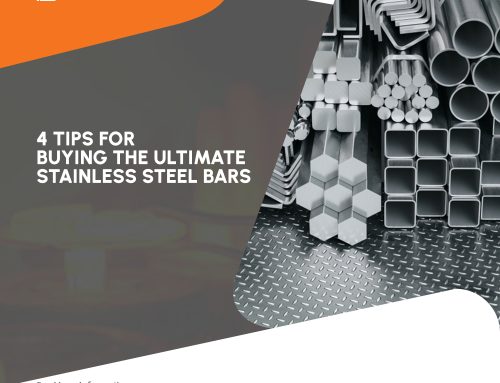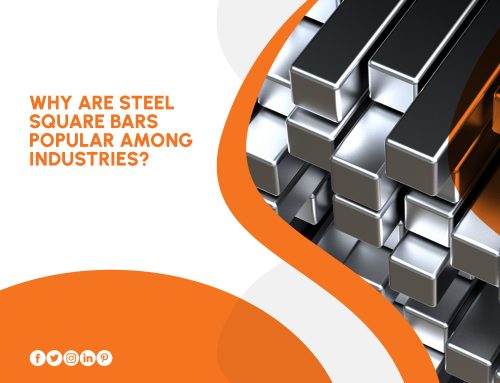Choices of steel bars depend on the type of construction, ranging from carbon to stainless steel, type of expansion joints, and degree of corrosion protection required. For example, in masonry structures, the steel bars must be corrosion resistant and have adequate expansion to prevent premature failure of joints. In construction applications, there are three types of steel bars used: carbon steel, stainless steel bars, and high tensile steel
Stainless Steel Bars
Stainless steel is a great choice for exposed areas, such as construction joint expansion mechanisms and decks where the life of the structure depends on the proper functioning of the expansion mechanisms. Examples of this include bridge expansion joints, utility lines, or construction joints.
It is often used in these applications due to its resistance to corrosion and the strength of the steel. The corrosion resistance of stainless steel comes from chromium and molybdenum. Additionally, it has a higher strength-to-weight ratio than carbon steel.
Unlike carbon steel, stainless steel has a uniform composition throughout its entire composition range (i.e., all grades in which it is produced). Stainless steels have excellent resistance to most chemical environments and are often used in various chemical applications such as oxygen plasma cutters.
Carbon Steel
Carbon steel is typically used for bridge decks; it’s inexpensive but not as long-lasting as stainless or high tensile. The properties of carbon steel can vary depending on the grade and alloying elements added like chromium or nickel. In the construction industry, there are three types – low-carbon bar, high-carbon bar, and stainless steel bar.
The first two are drawn from grades C10 to C12 with the lower carbon content creating a softer metal that can be bent more easily for tighter bends or maintained in a straight shape by higher strength members. The high-carbon grades have hardness levels comparable to mild steels with tougher properties including improved bending qualities. Due to its low cost, carbon steel is the most commonly used steel bar in construction.
High Tension Steel
High tensile bars are used for frame construction and for reinforcing concrete in compression applications where the bars must be straight and on corner brackets in beam construction where high loads can be applied.
High tensile bars are available in various grades, depending on the required strength, pipe spool fabrication, yield strength, and amount of tensile load. These steel bars are commonly formed into rail track equipment.
High-Tensile Bar
A high-tensile bar is formed by rolling steel into a rod and then drawing it through a series of dies that stretch it longer before returning it to its original cylindrical shape. the joint itself is more important than the overall structure’s longevity. Stainless steel is more difficult to bend, which makes it more expensive to use.
It has very good resistance to corrosion and weathering. Some grades like Type 304 have reduced resistance in aggressive environments, while Type 410 maintains its strength and appearance in almost all conditions. The tradeoffs between different grades of stainless are easy to see when considering your application requirements.
Conclusion
Mesh size is used to determine the fillet weld size on steel bars. The minimum acceptable mesh size is 30mesh (0.25mm), however, the range starts from 10mesh (0.1mm) and increases up to 90mesh (0.18mm).
A larger mesh will allow a smaller finisher size as there is more material to weld but with a smaller mesh, it is harder to get a good fillet weld. caused by weather or exposure to chemicals or moisture. Common grades of stainless steel include A286 Gr 42, AISI/SAE 304, and AISI 309.
Read more: Know About Seamless Pipes and Tubes?
